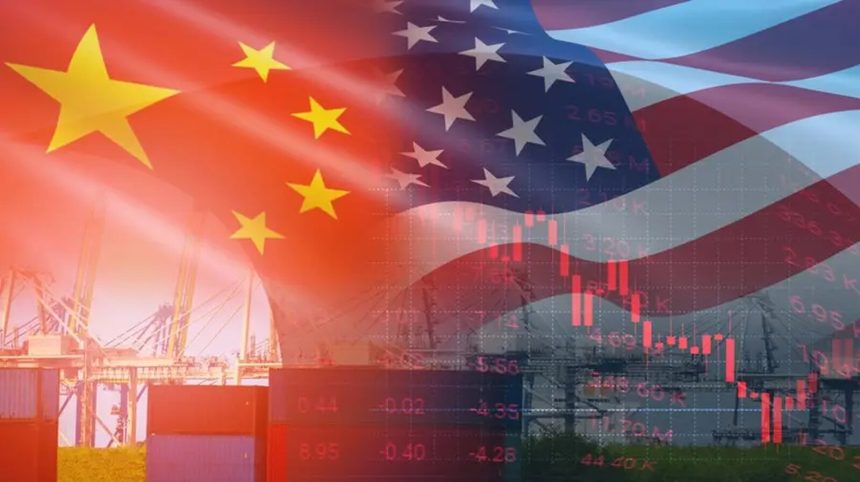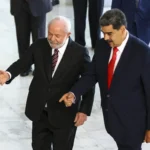
The governments of the United States and China announced on Monday, 12, the mutual reduction of commercial tariffs for a period of 90 days. The understanding, communicated during an event in Geneva, represents an attempt of the world’s two largest economies to contain the effects of prolonged trade conflict that has been impacting bilateral trade and global financial markets.
According to the joint statement, the rates that had been applied in recent months on both sides will be significantly reduced by May 14.
On the American side, rates that reached 145% over Chinese products-including Fentanil-will fall to 30%. In response, the Chinese government will reduce its US products rates from 125% to 10%.
The announcement provoked immediate reaction in the financial markets. Asian and European scholarships operated on the rise, future index contracts of the United States climbed, and the oil recorded appreciation. The dxy index, which accompanies the dollar quotation compared to another six coins, was increased by 1.2% at dawn. Yuan Offshore also registered appreciation of 0.5% against the dollar.
At a news conference, United States Treasury Secretary Scott Bessent said the understanding marks a willingness to prevent the so -called “economic decoupling” between the two economies.
“We agree that none of the sides want economic decoupling,” said Bessent. He added that there was a “very robust and productive discussion about the next steps towards Fentanil” and mentioned the possibility of “buying agreements” from China.
Despite the announced tariff reduction, Bessent stressed that other sectoral tariffs imposed by the United States against different countries remain in force, and that specific tariffs applied to China remain valid.
The White House issued an initial statement on Sunday classifying the agreement as a “commercial understanding”. However, representatives of the US government and market analysts show caution about the possibility of a lasting solution.
Negotiations for a broader agreement follow no definite deadline for completion, and divergences remain for the complete withdrawal of tariffs. China requires the end of all tariffs imposed over the past year, while the United States reiterates the need to rebalance the bilateral trade balance.
Jamieson Greer, a US commerce representative, stated that the initiative came from the Chinese: “Our Chinese colleagues clearly offered the business this week.” He reiterated that the US goal is to seek a more balanced trade.
In 2018, the two countries adopted a measure similar to temporarily suspending tariffs after trading rounds. The understanding, however, was not sustained and was followed by more than a year of new tariff impositions.
In January 2020, the parties signed the so -called “Phase One Agreement”, which provided for shopping goals from China. The goals, however, were not fully met, according to later evaluations.
During the pandemic period, the US commercial deficit with China has expanded again, rekindling tensions between the two governments. The current tariff reduction is interpreted as a new attempted rapprochement, but still without guarantees of continuity.
At the same time, the Chinese government announced the creation of a permanent mechanism for economic and commercial dialogue with the United States. The stated goal is to expand cooperation and avoid new episodes of tariff conflict.
According to Chinese state agency Xinhua, the Beijing government reaffirmed its commitment to the stable development of relations with Washington.
The agency cited an excerpt from a white book on national security that highlights the principle of “mutual respect” as the basis for the relationship between the two countries. The document also rejects the use of threats as a negotiation instrument.
While markets reacted with significant gains, experts maintain cautious stance at the possibility that the current scenario repeats the recent history of followed by setbacks.
At around 3:28 am (New York time), the S&P 500 future contracts were up 3%, and those of NASDAQ 100 rose 3.8%. The Hang Seng Index in Hong Kong was up 3.3%. The income of US Treasury titles also followed the positive trend.
Conversations between Washington and Beijing are still ongoing, and representatives from both countries have indicated that new announcements could occur in the coming weeks. The stage of negotiations and the feasibility of a long -term agreement remain open.
Source: https://www.ocafezinho.com/2025/05/12/eua-e-china-reduzem-tarifas-por-90-dias-em-tentativa-de-aliviar-tensoes-comerciais/

